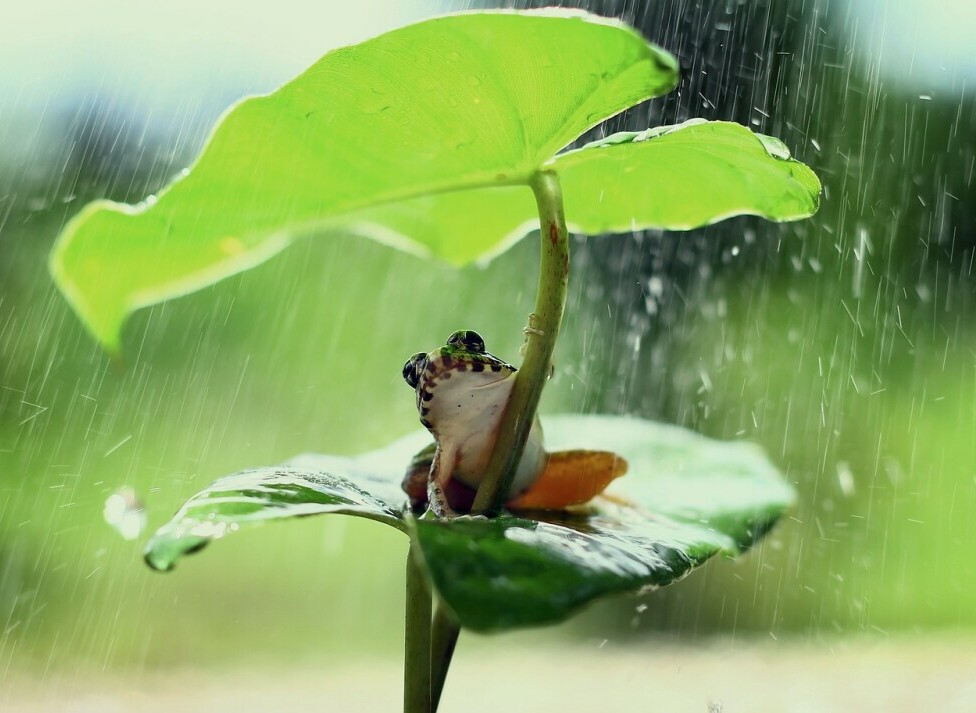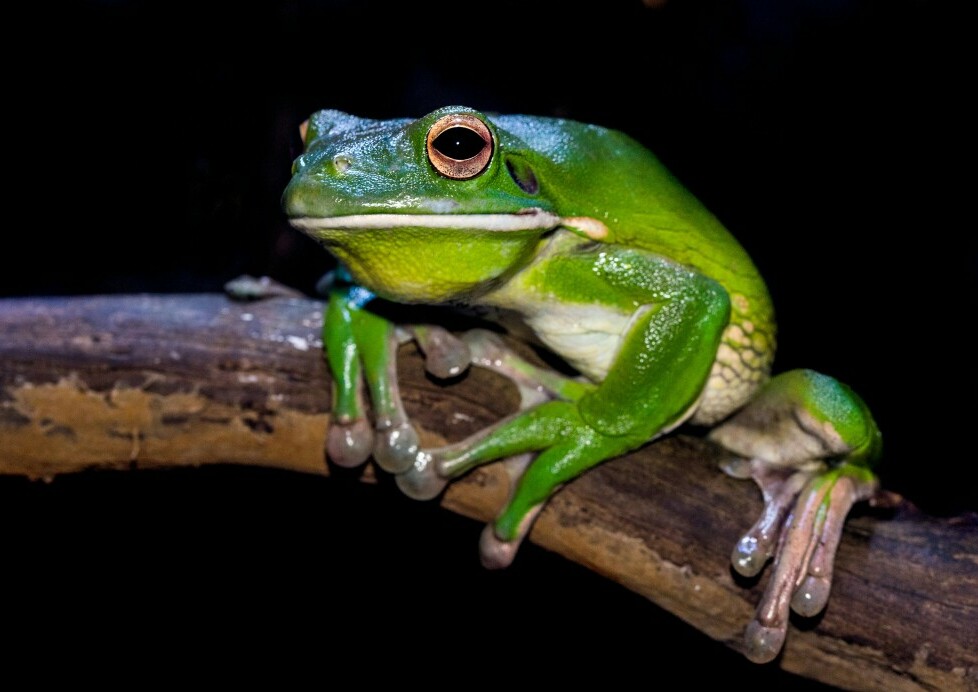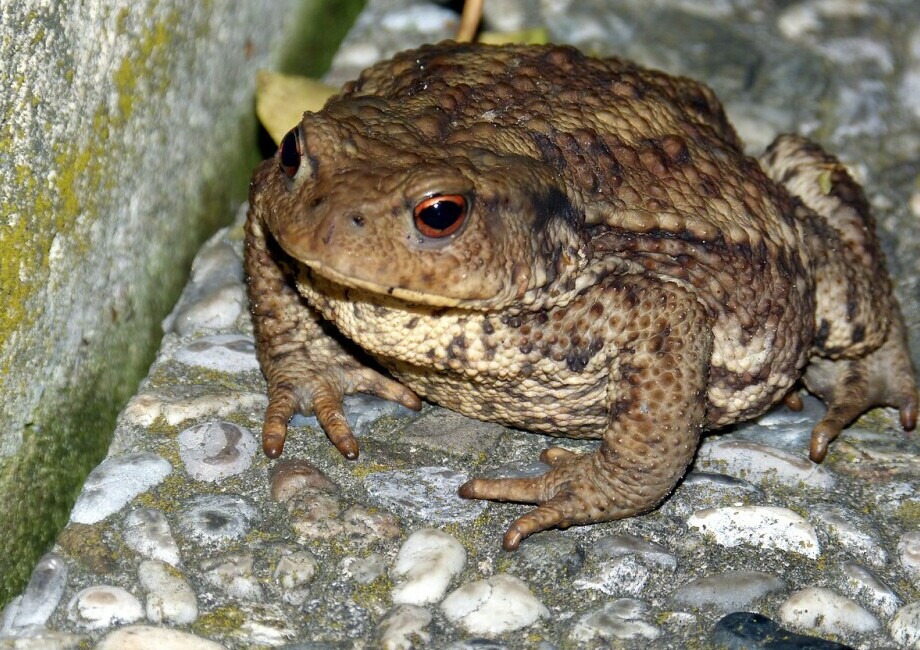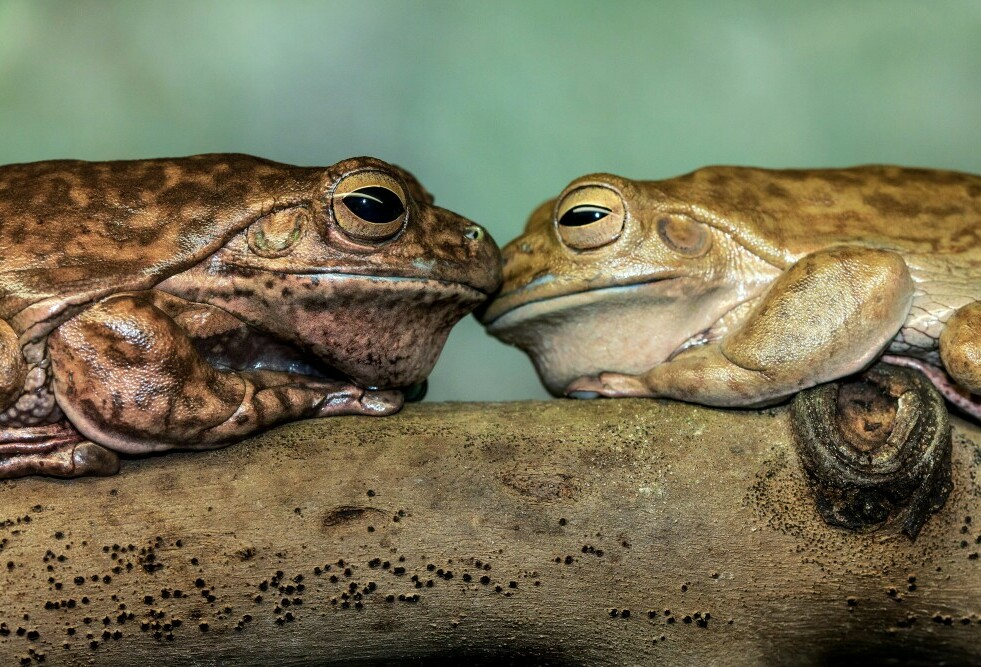Have you ever wondered why frogs and toads are such noisy creatures, especially after a rainstorm or during the evening hours? In my experience, understanding these vocal performers is not just about the chorus you hear; it’s also about the intricate world of communication and survival in the amphibian realm.

Now what exactly are frogs and toads trying to convey with all that racket? Well, their vocalizations serve crucial roles in their lifecycle. Each species has its distinct call, akin to a signature tune, used for a variety of reasons from wooing a mate to warding off rivals.
This isn’t just about noise. The sounds of frogs and toads are more than just a background symphony to a balmy night; they’re vital to the amphibians’ very existence. Mating calls might be the most renowned, but their auditory signals can also indicate distress, signal territorial claims, or even celebrate rainfall.
You’re going to find out about how these animals produce their calls, why they’re so varied, and what we, as observers, can learn from them. I’ll guide you through the tapestry of sounds that these enigmatic creatures weave and decrypt what each note and nuance means in their daily lives.
Decoding the Croaks: Categories of Calls
You might think all frog and toad vocalizations are the same, but there’s a surprising complexity hidden in those croaks and ribbits. Let’s categorize these serenades and distress signals to understand the amphibian language a bit better. Typically, we can group their calls into four main categories: mating, territorial, distress, and rain calls.
Mating calls are perhaps the most common vocalizations you’re going to come across. These are the rhythmic croaks you hear on a warm night near a pond or a stream. Males often use these calls to attract females or to warn other males to stay out of their love zone. The mating call isn’t just about finding a partner; it’s also a signal of a male’s fitness and desirability.
Territorial calls are where things get a bit more confrontational. Toads and frogs use these calls to establish and maintain their own space, warning others to steer clear. It’s a vocal keep-out sign, if you will. The intensity and frequency of these calls can indicate the size and aggression level of the caller.
Now, distress calls are the alarm bells of the amphibian world. When a frog or toad is in danger, it may emit a sharp, loud cry meant to startle predators and signal for help. These calls can also alert other amphibians to the presence of a threat in the area, serving as an early warning system.
Rain calls are particularly fascinating as they highlight the deep connection between amphibians and their ecosystem. These calls typically occur right before or during rainfall and may play a role in synchronization of breeding activities. Think of it as an amphibian weather forecast that cues them into optimal conditions for reproduction and growth.
In understanding these calls, we unlock the ability to identify specific species just by listening to them. Each species has its own unique vocal fingerprint, which can be used for identification during nighttime when they are most active and visible sightings are difficult.

The Anatomy of Sound: How Frogs and Toads Produce Calls
Have you ever stopped to marvel at the loud chorus of frogs on a spring evening? Their boisterous sounds aren’t just happenstance; they’re the result of a unique and intricate sound-producing anatomy. To understand this better, I’m going to walk you through the main components involved.
First up are the vocal cords, or to be more precise in the case of frogs and toads, the vocal folds. These membranous structures vibrate to produce sound when air is forced over them from the lungs. In amphibians, the control over the tension of these vocal folds is quite refined, which allows for variations in pitch and tone.
Next, you can’t talk about amphibian vocalizations without mentioning the lungs. These aren’t just for breathing; frogs and toads use their lungs to push air back and forth over their vocal folds in a cyclic manner without letting it escape, a method that’s quite efficient for long calling sessions.
Last, but certainly not least, is the vocal sac. This flexible membrane balloons out from the throat area, serving as a resonating chamber that amplifies the sound. In some species, the bigger the vocal sac, the louder the call. This impressive amplification system allows their calls to travel over long distances.
For toads, it’s a slightly different story. While they still have vocal cords and lungs, not all species have a vocal sac. Instead, they primarily rely on the rapid expulsion of air from their lungs over their vocal folds to produce their distinct trills and chirps.
It’s fascinating to note the distinct differences in sound production between frogs and toads, but it’s also important to recognize the role their environment plays in shaping these sounds. That’s going to include a look at how habitat and even climate influence their vocal adaptations, which is the natural segue into our next section: Listening to the Environment: Vocal Adaptations.

Listening to the Environment: Vocal Adaptations
You can think of frog and toad calls as nature’s symphony, each adapted to ensure it’s heard over the rustling leaves and flowing streams. These creatures have developed a range of vocal adaptations that help their calls cut through the clutter of the natural soundscape.
Their vocal prowess isn’t just about being the loudest; it’s about being smart. Frogs and toads adjust their calls for factors like the density of the vegetation, the presence of water bodies, and the level of background noise. In a thick forest, a frog might use a lower frequency call that travels further, while a pond dweller could opt for a higher pitch that’s clear over the sound of water.
These adaptations are so finely tuned that even the timing of calls is strategic. Some species choose to vocalize at different times of the day or use gaps in the chorus of others to stand out. It’s like finding the perfect moment during a lull in conversation to make your point loud and clear.
But it’s not all smooth croaking. Noise pollution from human activities is turning up the volume in many habitats. Researchers are finding that frogs and toads might need to shout even louder, which can be exhausting and make them more vulnerable to predators. It doesn’t help that louder calls can be a drain on precious energy reserves.
Amphibians have been around for millennia, navigating ever-changing environments, but rapid shifts in noise levels may just be too much, too fast. It begs the question: can these vocal virtuosos adapt quickly enough, or will their calls start fading out?
Now, if listening and adapting to the environment is key to survival, what happens within the ranks? How do these vocalizations shape the social interactions among frogs and toads? That’s going to include delving into the complexity of chorus dynamics, mating maneuvers, and the survival strategies that result from being heard. Hang tight, because that’s exactly where we’re headed next.

From Chorus to Communication: Social Interactions
You may have heard the collective symphony of frogs and toads on a warm night. It’s not just ambient noise; it’s a complex social gathering where every croak counts. In this chorus, male frogs and toad voices dominate as they vie for attention from potential mates and assert their territory among rivals.
The volume and complexity of these choruses can be astonishing. Some males may have calls that are specific to attracting females, while others might deliver a different tune designed to intimidate fellow male competitors. This auditory showcase is a crucial part of the amphibian mating game. Without it, chances are, they’d struggle to reproduce.
But this isn’t just about frogs and toads trying to out-sing each other. Females are not passive listeners; they’re discerning audiences who prefer certain calls over others. Factors like the depth, rate, and volume of the croaks can influence female choice, playing a vital role in mate selection.
Interestingly, predators and other species are also tuning in to these vocalizations. The loud calls intended to attract mates could simultaneously attract predators, a risk amphibians are willing to take. This raises the stakes in the chorus, where being heard comes with trade-offs.
In my opinion, studying these rich social interactions and vocal behaviors not only enlightens us on amphibian ecology but also underscores the delicate balance they maintain with the surrounding environment. Their calls act as a bridge between their own kind and the broader ecological community.
Conservation Notes: Monitoring and Protecting Amphibians Through Their Calls
I’ve been talking about the fascinating world of frog and toad vocalizations and how these sounds are far more than just background noise. They’re a vital part of these creatures’ existence. Now I’m going to focus on how these vocalizations play a critical role in conservation efforts.
You’re going to find out about the innovative ways researchers are using sound to monitor amphibian populations. This isn’t just about keeping tabs on numbers; it’s about understanding the health of ecosystems. Frogs and toads are often considered ‘indicator species’ because changes in their populations can signal broader environmental shifts.
In my opinion, one of the most promising aspects of this research is its accessibility. Enthusiasts and volunteers can record and report the calls they hear, contributing to large-scale data collection. This is where citizen science really shines, as it allows anyone passionate about the environment to help preserve it.
Don’t worry too much about needing fancy equipment to get involved. Many programs use simple recording devices or even smartphone apps to capture and analyze calls. These tools can help identify species, count individuals, and detect changes in calling patterns over time.
I hope that you’re feeling inspired to pay a little more attention to the amphibious serenades in your area. Remember, every croak and trill contributes to a chorus that reveals much about the state of our natural world. By listening to these calls, we’re not just enjoying nature’s soundtrack; we’re helping safeguard its future one note at a time.
Have you ever considered that the simple act of listening could be a conservational superpower? It really can be. So the next time you hear a frog’s croak or a toad’s trill, take a moment to appreciate the crucial dialogue happening right before your ears. Their voices are counting on us to listen, and in turn, to act.
